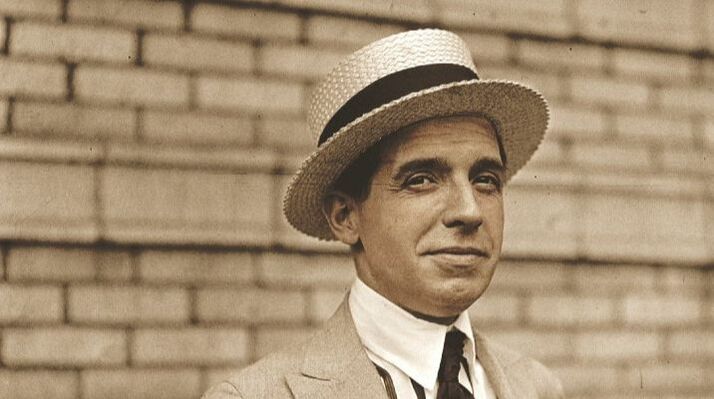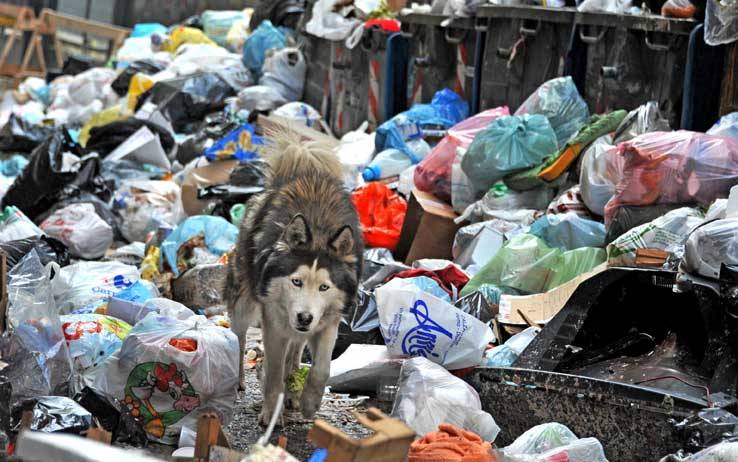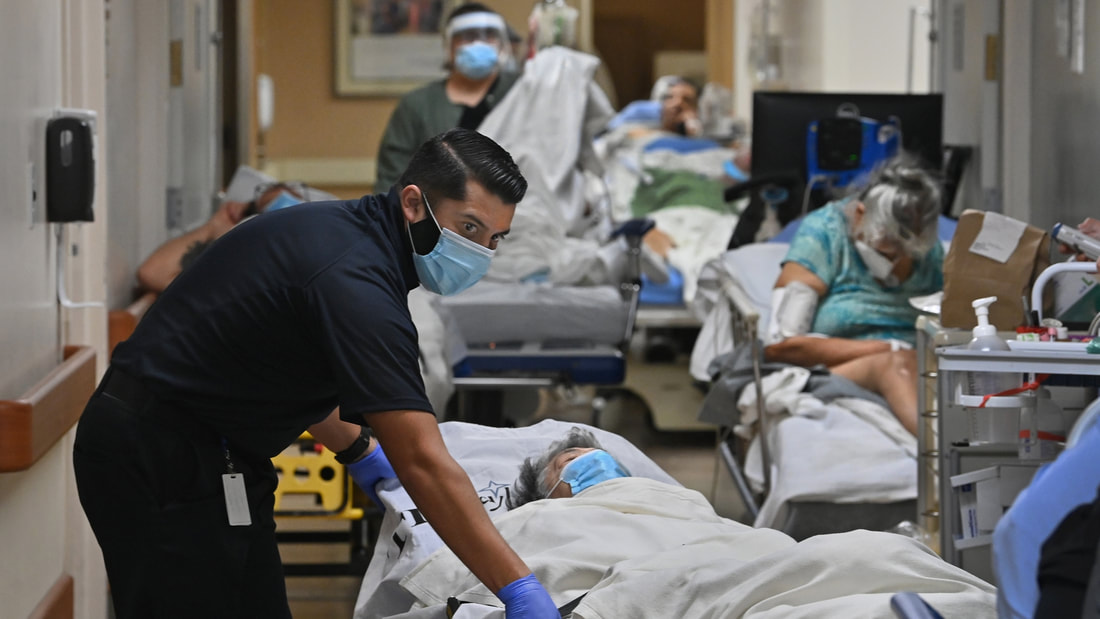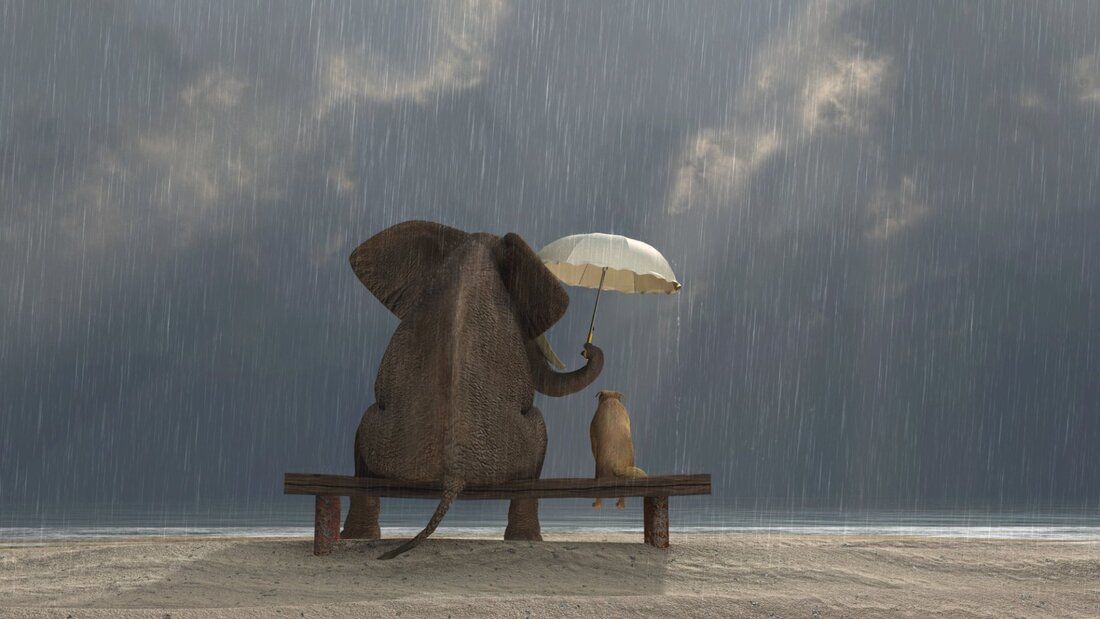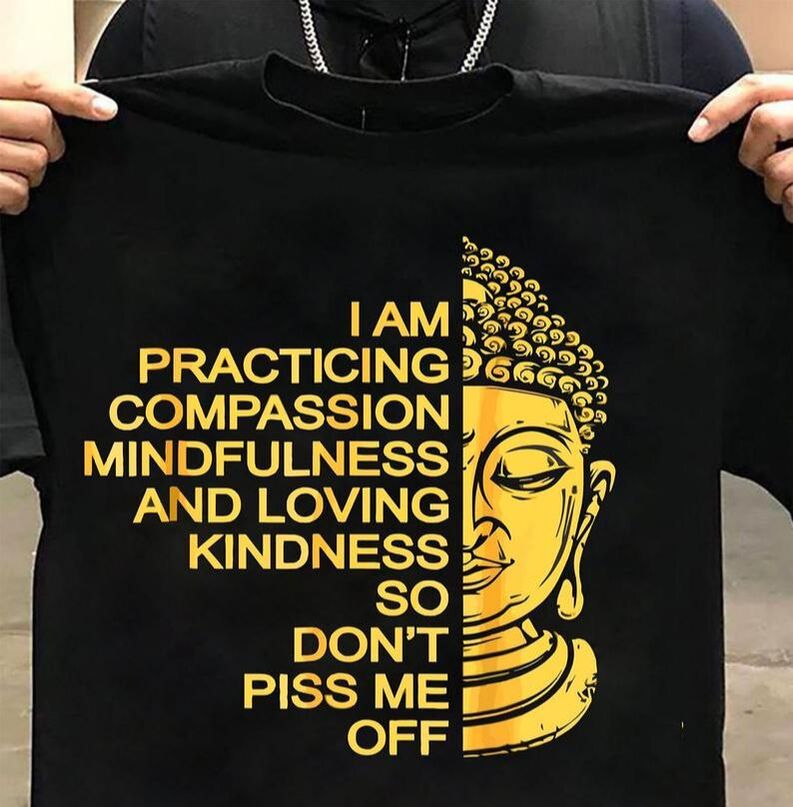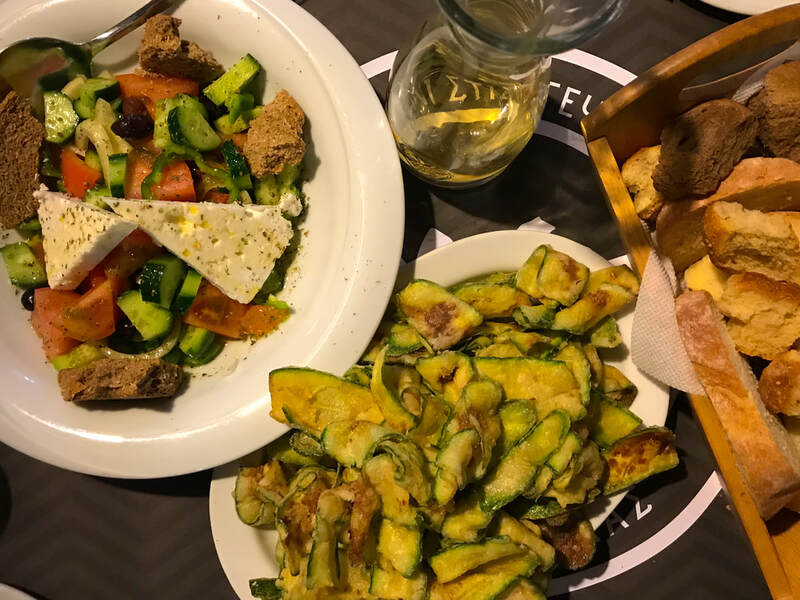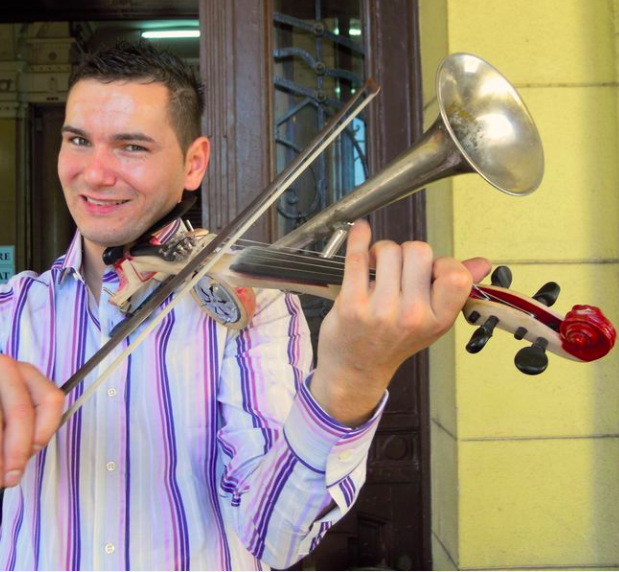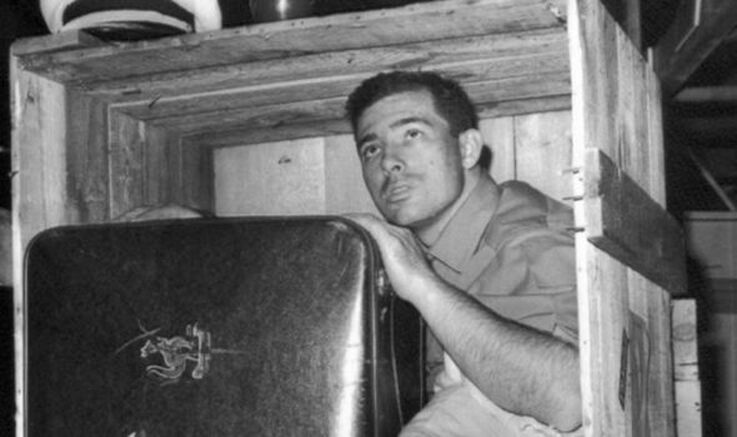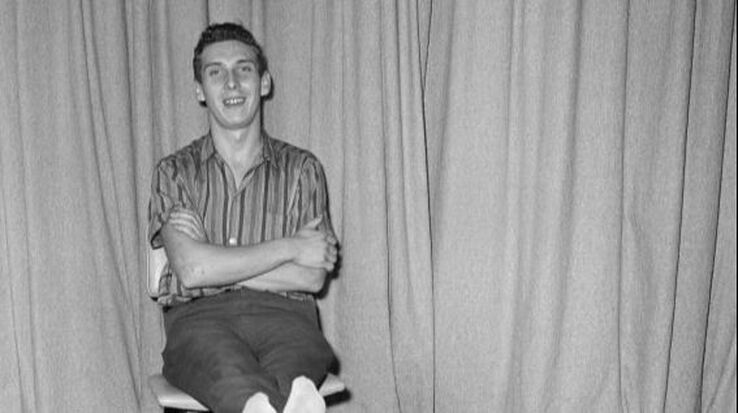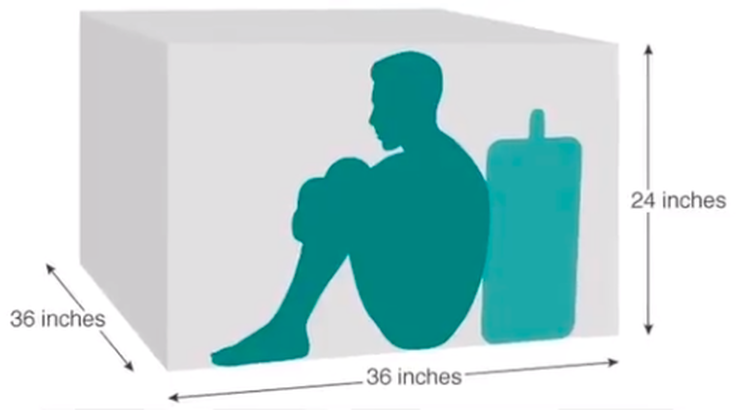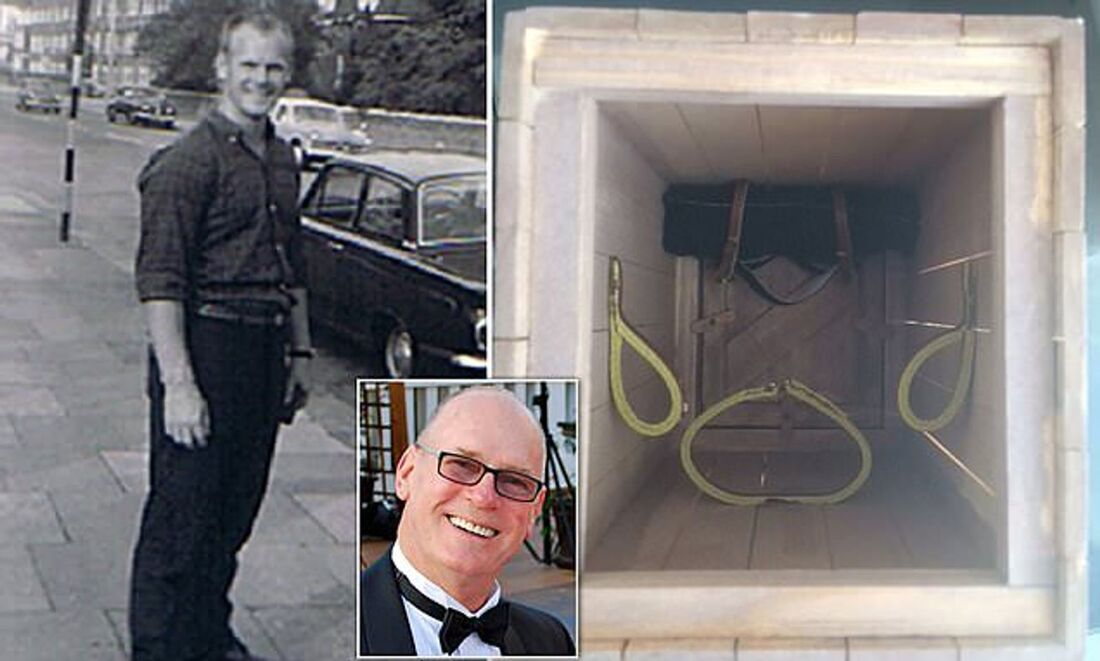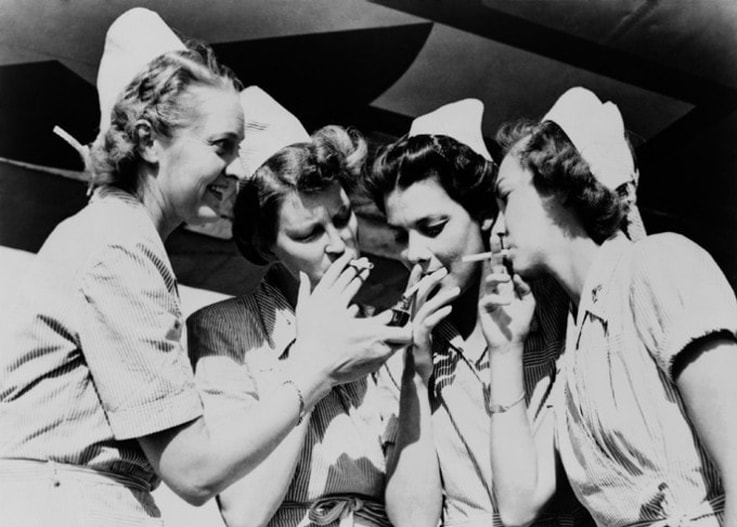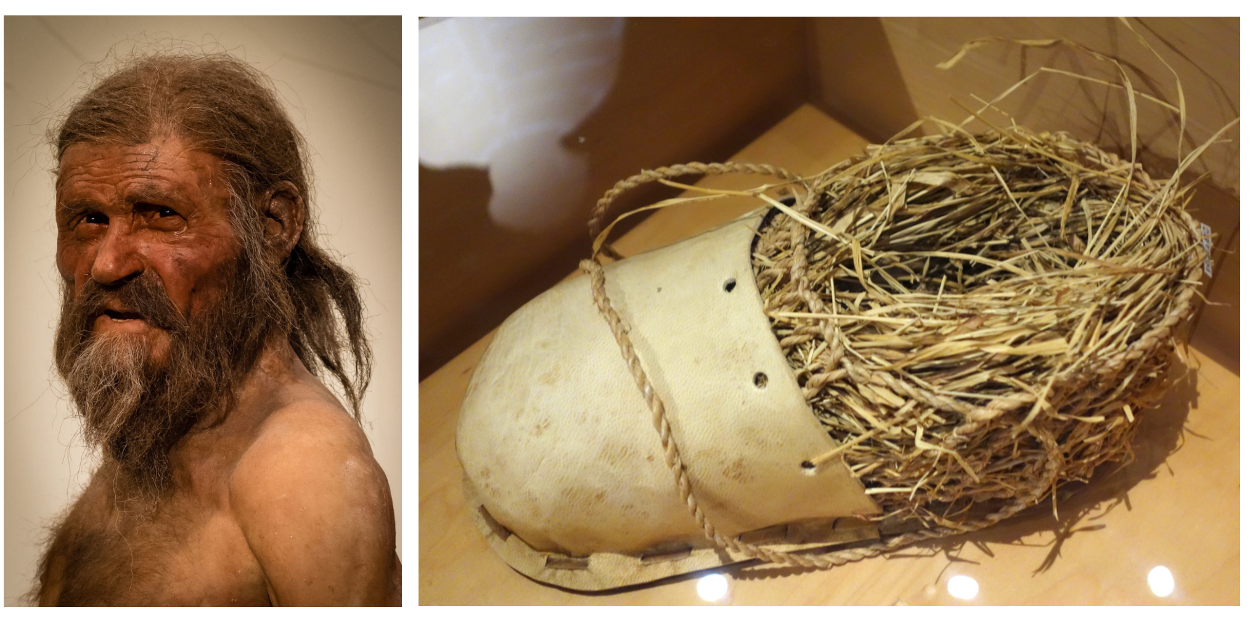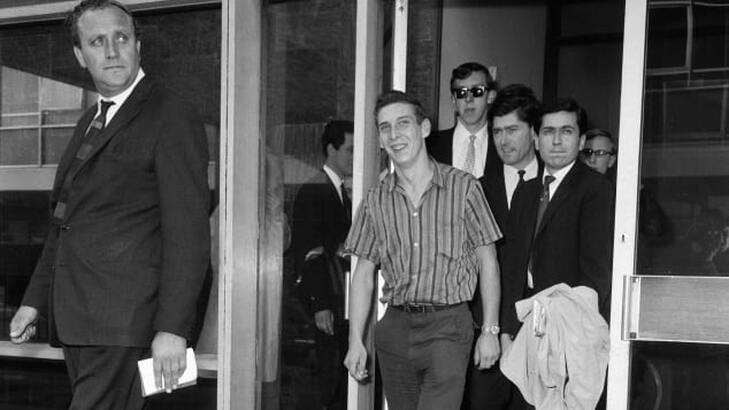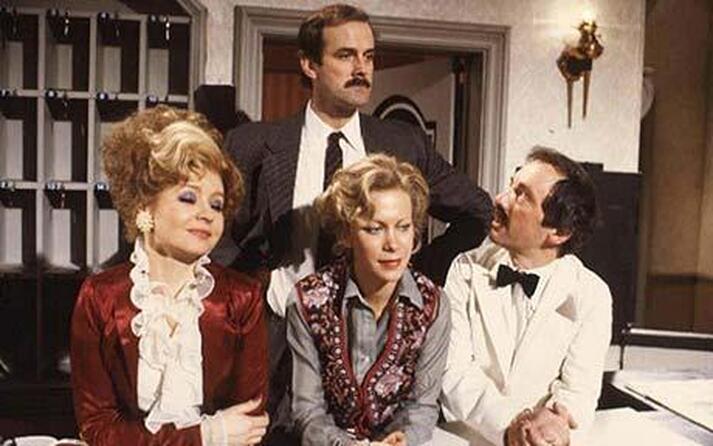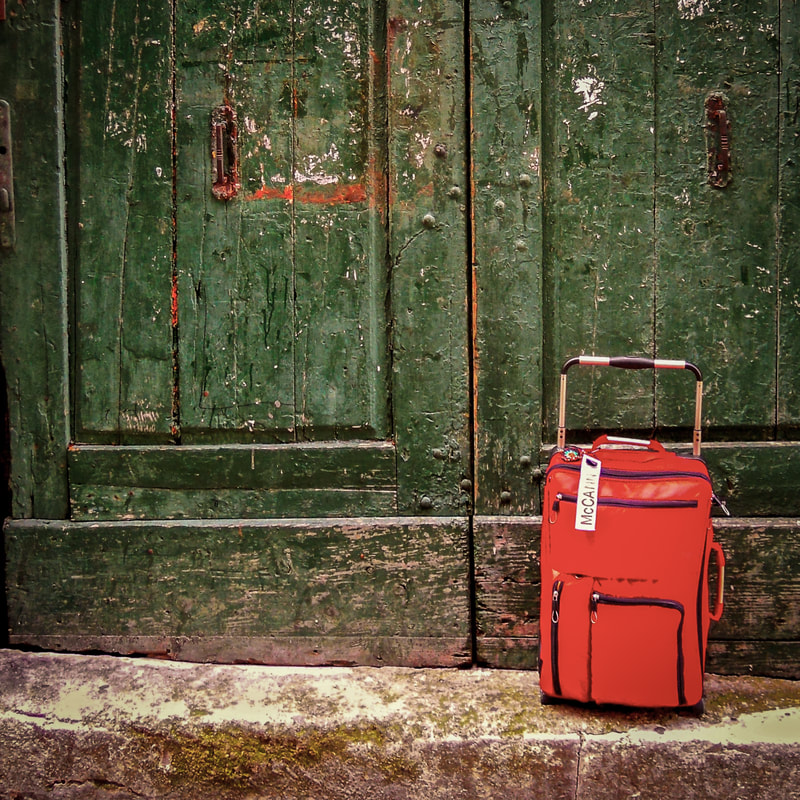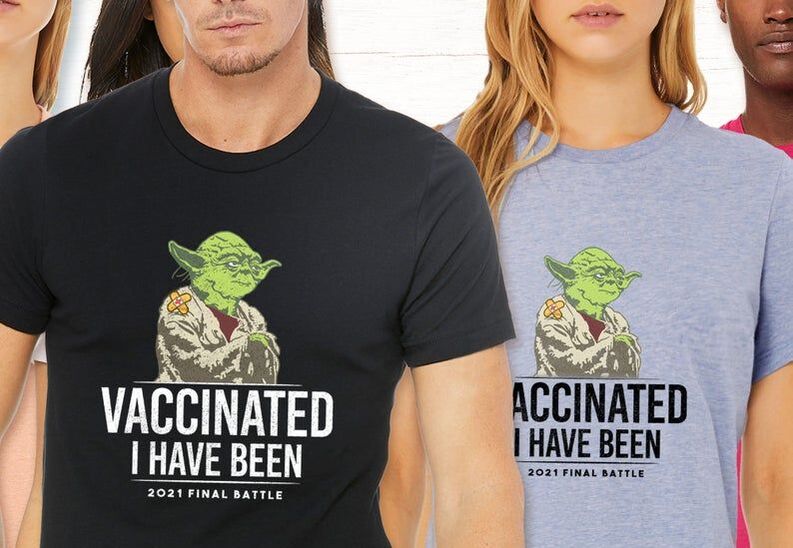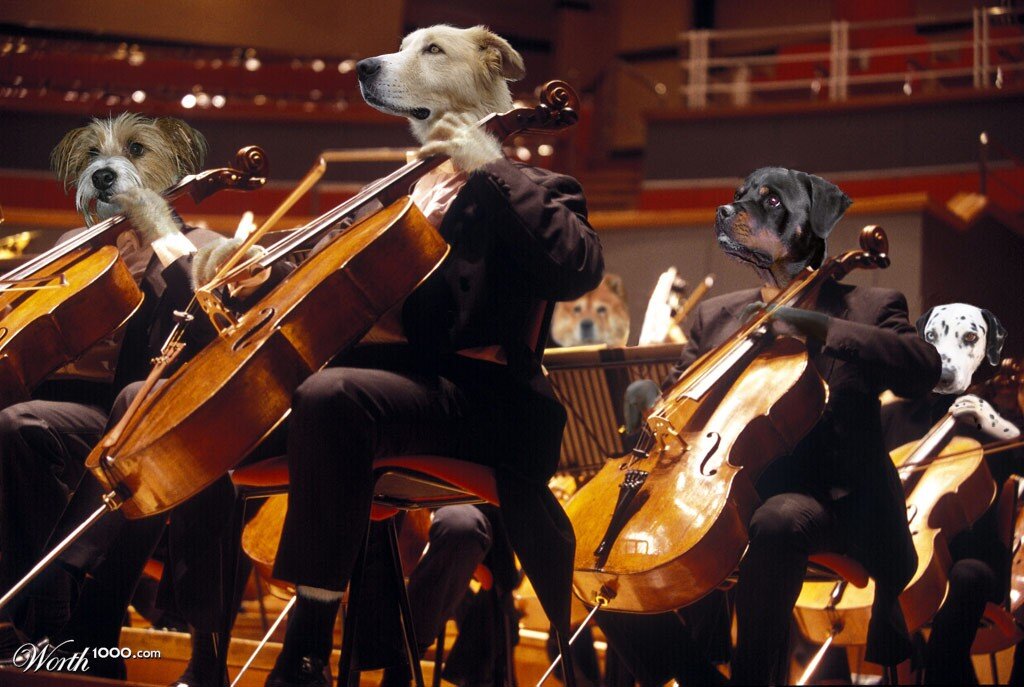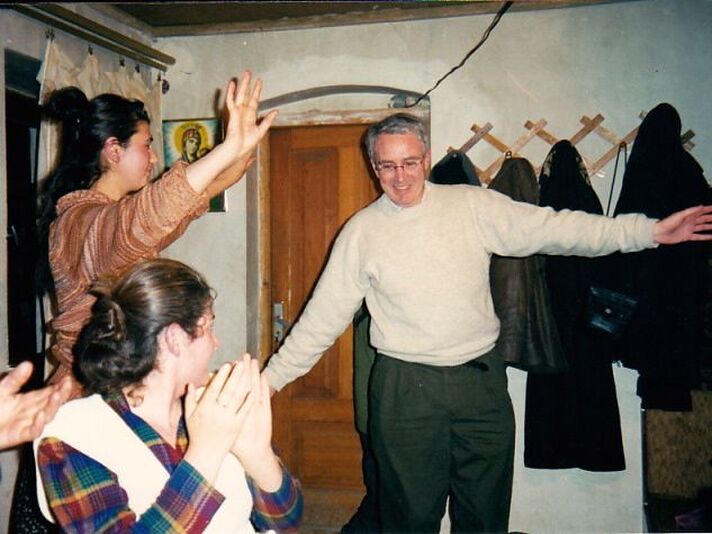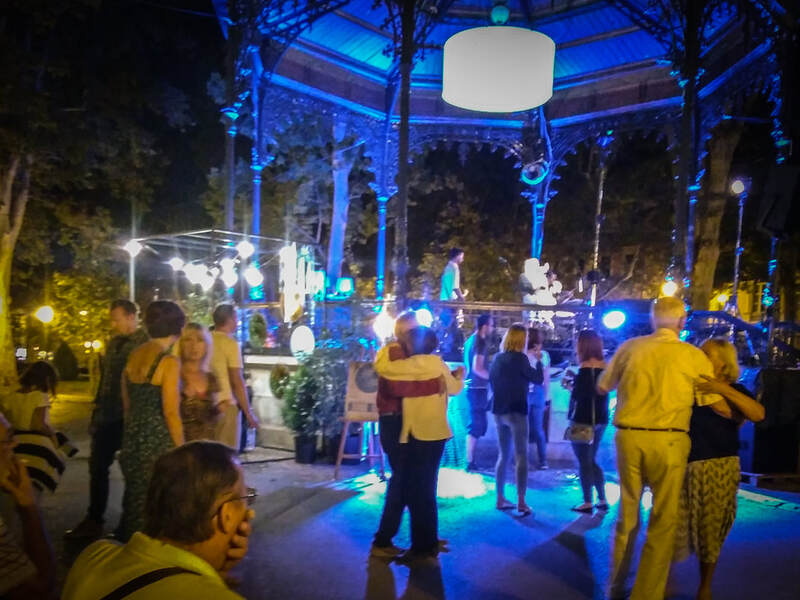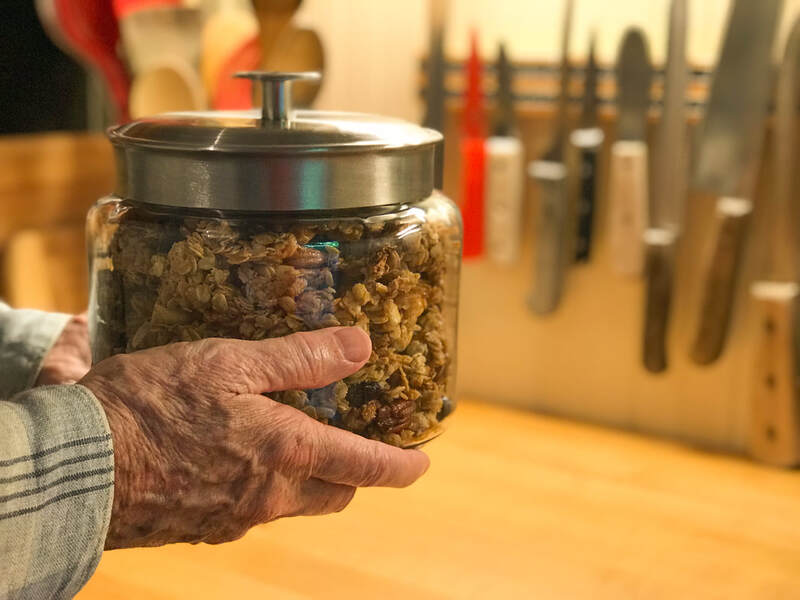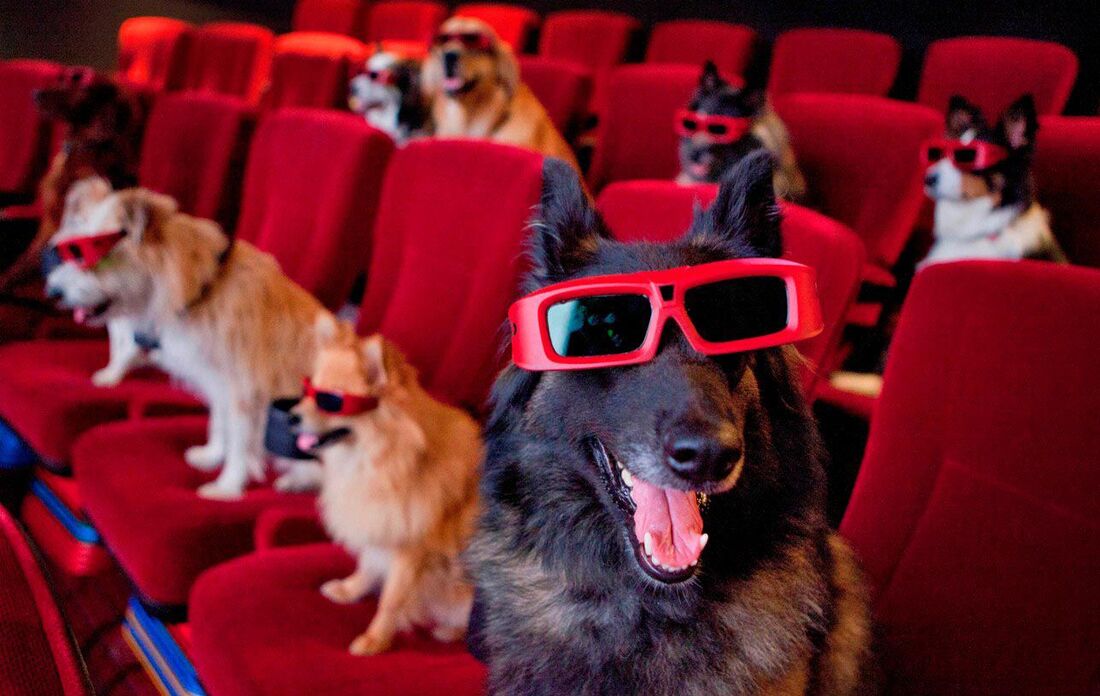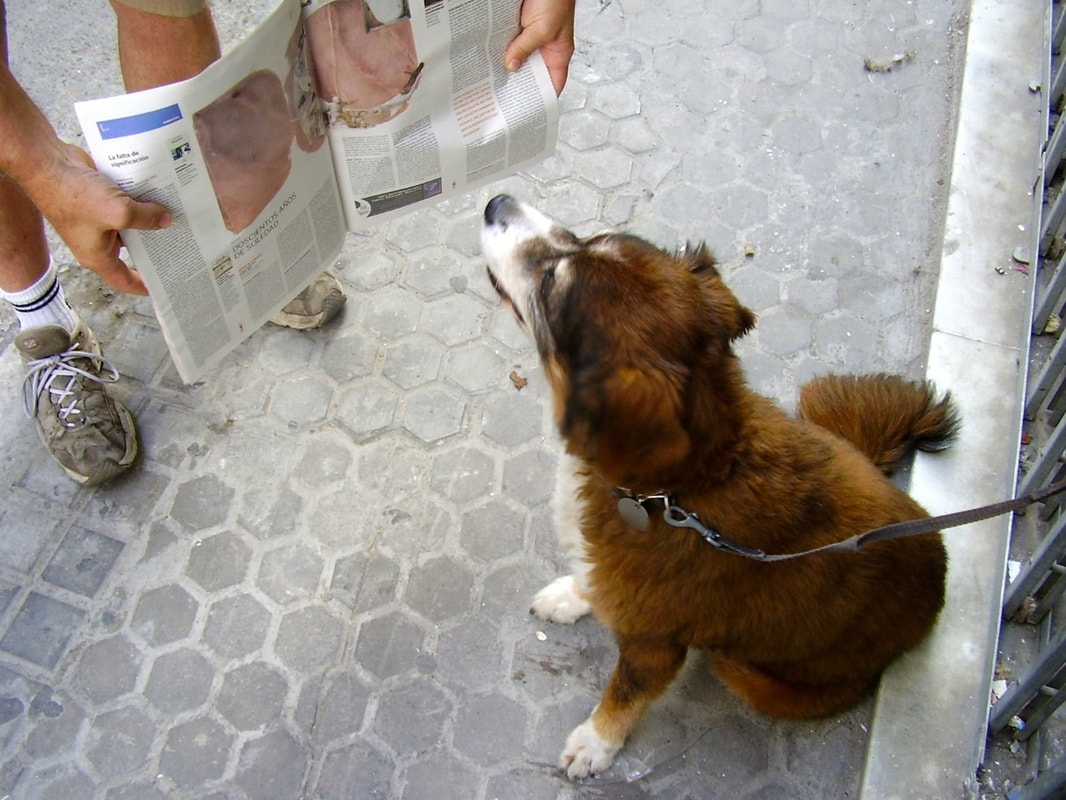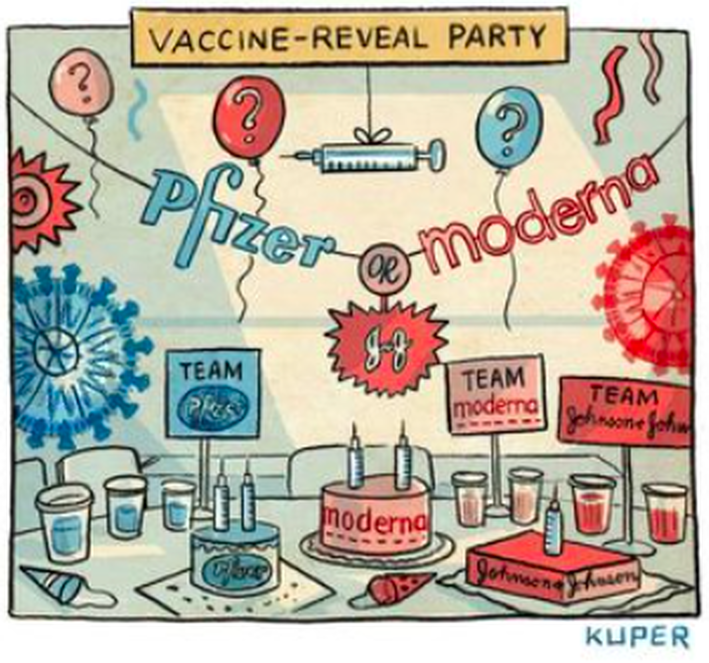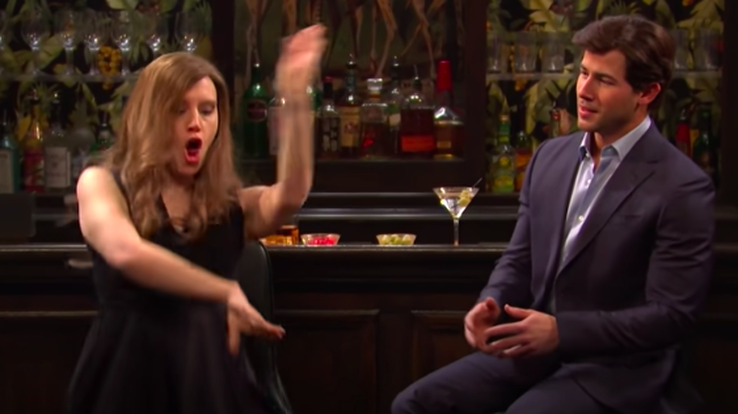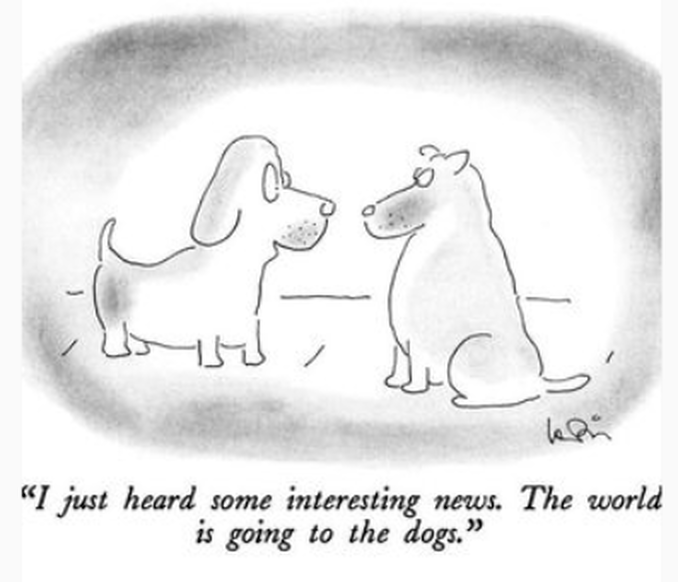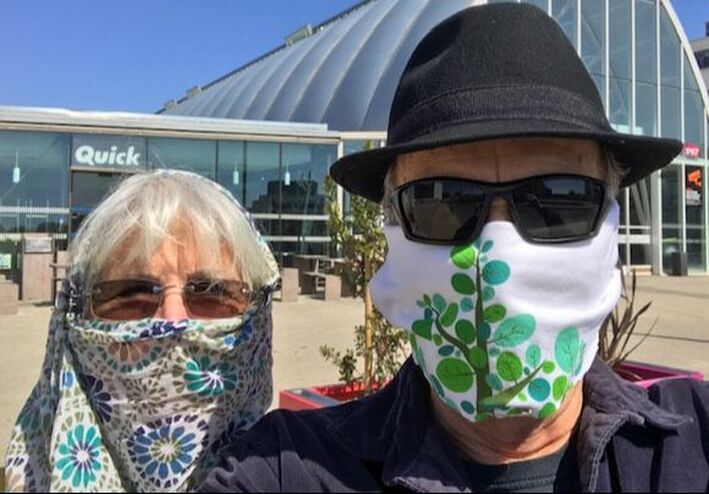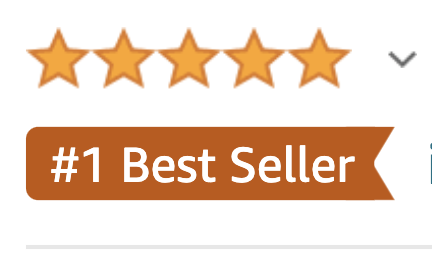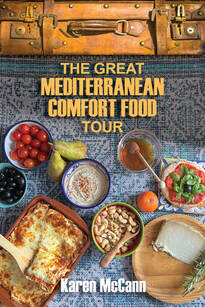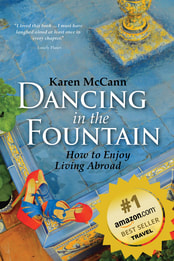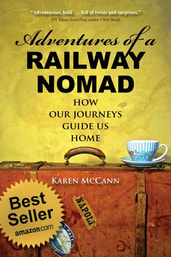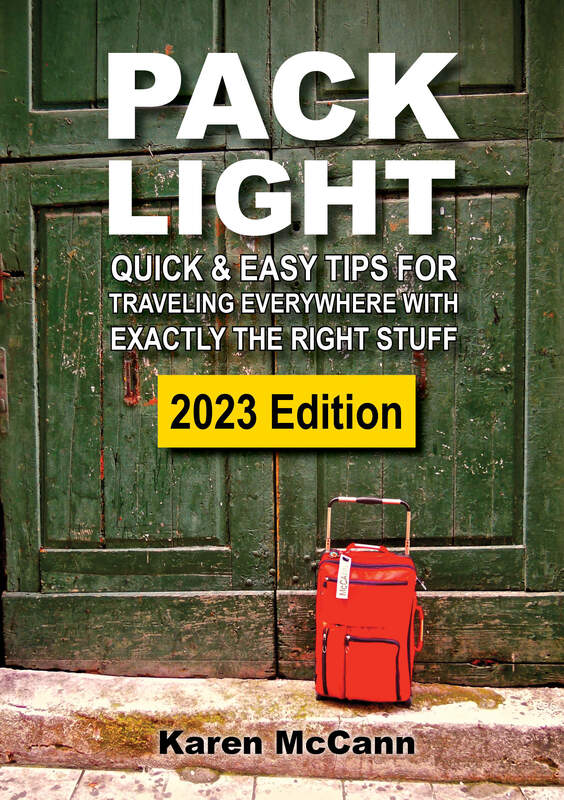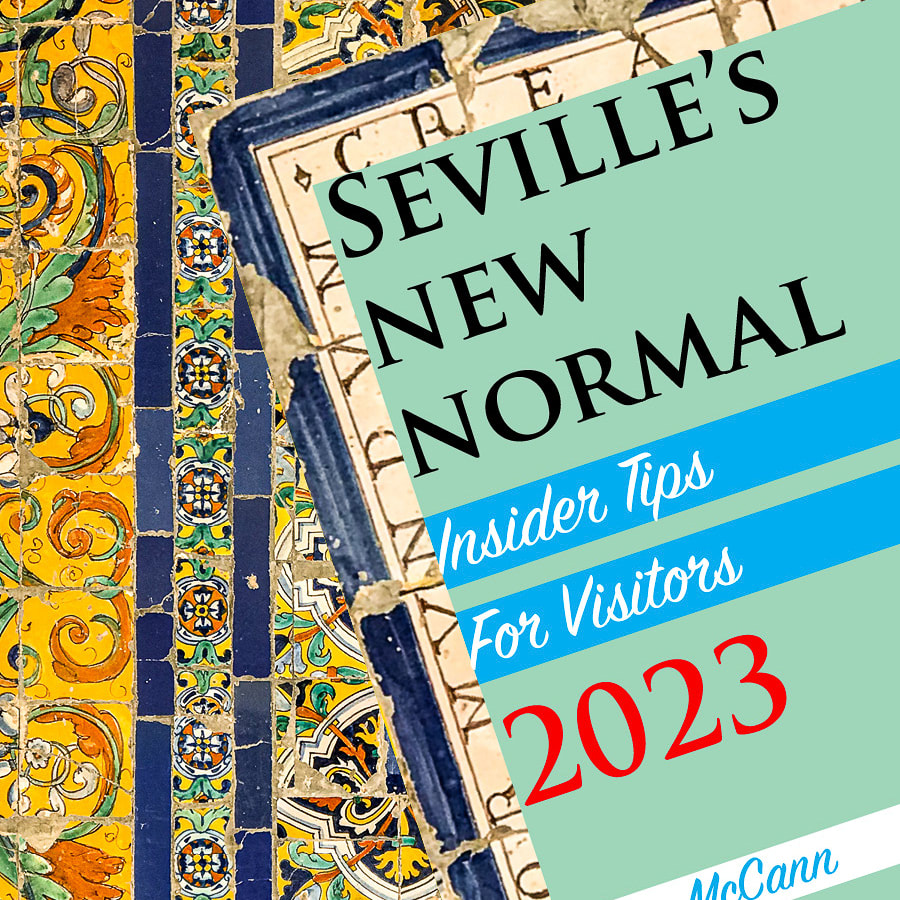|
There are guys you absolutely know are going to be trouble the minute you spot them, and the first person I met in Naples, Italy was one of them. Rich and I had been in town just ten minutes, at the tail end of a three-month railway journey some years ago, and already I had a case of the heebie-jeebies. For a start, the train station — said to be a transportation hub serving 50 million people a year — was totally deserted. Pushing through fly-specked glass doors to the street, I saw nothing but shuttered shops, overflowing garbage bins, and empty potato chip packets blowing past like tumbleweed. “What do you figure?” I said. “A nuclear holocaust while we were on the train? We’re the only people left alive on the planet?” “There’s somebody.” Up ahead three teenage boys loitered by the entrance to a dark pedestrian tunnel, the kind moviegoers instantly recognize as shorthand for “mugging about to happen.” “Shall we just throw them our wallets and beat ourselves up to save everybody some time?” I asked. A few ordinary-looking adults were heading into the tunnel, so we followed. The cavernous walls were decorated with eye-popping graffiti. The ground was littered with broken glass, rotting food, fragments of furniture, and blobs of what appeared to be radioactive waste. “Whatever you do, don’t trip and fall in here,” I advised. We emerged into a busy intersection thronged with Vespas and hurrying locals whose appearance ranged from scruffy to scurrilous. A suave voice behind me said, in English, “Where are you trying to get to?” I turned to find a handsome, silver-haired stranger, impeccably dressed and oozing charm. His smile said, “Trust me!” so irresistibly I naturally assumed he was one of the city’s notorious scam artists. As I drew breath to tell him to get lost, Rich was already showing him the address of our lodgings. I shot my husband a have-you-lost-your-mind look, but he was too deep in consultation with our new best friend to notice. As the stranger explained we’d gotten off the train too soon and showed us the stop we needed, I realized that whatever his regular line of work (fleecing old ladies, corrupting politicians, setting up Ponzi schemes) that day this gentleman was a Good Samaritan. (And before I go any further, I just want to add that after that rough beginning, we fell in love with Naples' high-octane energy and non-conformist spirit. As the pictures below show, it's never dull.) As we thanked our Good Samaritan, I reflected, not for the first time, on the kindness of strangers. People around the world have given us directions, suggested great coffee houses, advised us about neighborhoods to avoid, taken us to their hairdressers, and pointed us towards the most memorable bars in the vicinity. Maybe they’re partly motivated by civic pride or amused pity for a couple of hapless know-nothings, but mostly I think people just like being helpful. And now science is demonstrating that engaging in even brief moments of kindness can improve the health and wellbeing of both parties. This came as a huge surprise to one man assigned to study the subject: New Jersey intensive care physician Dr. Stephen Trzeciak, a hard-science research nerd who placed no faith in all this touchy-feely stuff. Then his new boss, Dr. Anthony Mazzarelli, asked him to find a cure for the rampant burnout among the medical staff and explore whether treating patients with both medicine and compassion could enhance the health of patients and doctors. At this point in the story, I always imagine Trzeciak rolling his eyes; in the book they subsequently wrote together, Compassionomics, he recalls he “thought Mazzarelli was crazy. Literally crazy.” Crazy or not, Mazzarelli was his boss, so Trzeciak got to work studying the data in 1000 abstracts and 250 research studies. He assumed they’d show that compassion might be nice, or even a moral imperative, but couldn’t possibly make any medical difference. To his astonishment, he was dead wrong. Science demonstrated, over and over, that when health care providers act with ordinary human kindness not only do patient outcomes improve, but the medical professionals’ mental health gets a boost and their burnout rate is considerably less. “Expressing empathy produces physiological effects that calm us in the moment and strengthen our long-term sustainability,” reports Harvard Business Review, citing studies on such topics as leadership and burnout. “It evokes responses in our body that arouse the (good) parasympathetic nervous system, and it reverses the effects of the stress response brought on by the (bad) sympathetic nervous system. So not only do others benefit from our empathy, but we benefit, too.” Among the many examples Trzeciak and Mazzarelli cite is a Johns Hopkins study of 1700 HIV patients. It turns out those who believed their doctor knew them as a person were 33% more likely to adhere properly to therapy and — more startlingly — had 20% higher odds of having no detectible virus in their blood. Despite ample proof of its benefits, 56% of physicians say they don’t have time for compassion. So Johns Hopkins researchers did a trial with cancer patients that showed outcomes improved significantly when doctors spoke from this simple script: At the start: “I know this is a tough experience to go through. And I want you to know that I’m here with you. Some of the things I say to you today may be difficult to understand, so I want you to feel comfortable in stopping me if something I say is confusing or doesn’t make sense. We are here together, and we will go through this together.” At the end: “I know this is a tough time for you and I want to emphasize again that we are in this together. I will be with you each step along the way.” Time required: 40 seconds Thanks to the pandemic, practically every medical professional on the planet is experiencing unprecedented levels of stress. In a recent US study “responses collected from the 1,119 healthcare workers surveyed indicated they're stressed out and stretched too thin: 93% were experiencing stress, 86% reported experiencing anxiety, 77% reported frustration, 76% reported exhaustion and burnout, and 75% said they were overwhelmed.” Of course, medical professionals aren’t the only ones suffering these days. Who among us isn’t stressed, anxious, frustrated, exhausted, and burned out? Is anybody feeling serene, sleeping soundly every night, and finding it easy to stay focused on … what was I saying? Maybe it’s time to start looking at every interaction — whether it’s with those closest to us, our doctor, or someone we’ve just met on the street — as an opportunity to be a Good Samaritan. Most of us can spare 40 seconds to share a few friendly words, especially with those who seem particularly lost, frazzled, or freaked out. “There’s no such thing as a small act of kindness,” says Dilbert’s creator, Scott Adams. “Every act creates a ripple with no logical end.” Every time we toss a little compassion out into the world, we contribute to the ripples that will spread far and wide; eventually, if we're lucky, they'll make their way back to us. YOU MIGHT ALSO ENJOY Click here to STAY CONNECTED! Send me your email address and I'll drop you a note whenever I publish new stuff. Feel free to share this article with family, friends, medical professionals, and fellow travelers. https://www.enjoylivingabroad.com/my-blog/what-i-learned-from-a-good-samaritan-scam-artist
8 Comments
“It was the stupidest thing I’ve ever done in my life,” says Brian Robson — in what, as you’ll soon see, is a staggering understatement. At the age of 19, overcome with homesickness yet unable to clear his debts and pay his airfare home, he convinced a couple of pals to nail him into a wooden crate and send him home as airfreight from Melbourne, Australia to Cardiff, Wales. Robson was a skinny kid and figured he and his suitcase could fit into a box 3’ by 3’ by 2’ for the 36-hour journey. He drilled a few air holes and packed provisions: one pint of water, five cookies, a pillow, a hammer, a flashlight, and a bottle to pee in. After marking the crate “Fragile” and “This Side Up,” his pals hammered down the lid and wished him luck. Naturally, things began to go wrong almost immediately. Offloaded by careless freight handlers at the Sidney airport, Robson spent 22 hours upside down, sliding in and out of consciousness. “I spent most of my time, if I be truthful, in trying to control myself, i.e. calm myself down, because I didn’t know if I was dreaming it,” he recalls. “Was it a nightmare? Was I really there? And in between all that, of course, I couldn’t breathe properly half the time. I couldn’t move... Most of the water had spilled out.” He was then loaded onto the unheated cargo hold of a Pan Am flight that had been diverted to Los Angeles. There, five days after leaving Melbourne, he found himself on solid ground and shone his flashlight through the air holes, alerting ground staff to his presence. There was a bit of an uproar involving the police, CIA, FBI, airport officials, and a judge. But it never got ugly. “Nobody was mad at me,” he recalls. “They just thought, ‘Oh, it’s this silly kid getting himself into trouble.’” Eventually Pan Am flew him home to Wales, first class. There are many astonishing aspects of “The Crate Escape” as it was dubbed. For a start, as near as I can discover, no alcohol was involved. (What are the odds?) Also, nobody seems to have considered for one instant that this kid could be a terrorist and should be detained in Guantanamo. Why? Because this was 1965, decades before 9/11 put us into a constant state of hypervigilance. And this wasn’t the first time such a stunt had been tried. The year before, an athlete named Reg Spiers caused a sensation when he successfully airmailed himself home from England to Australia after his wallet was stolen. What made him try it? Having once worked in a cargo area handling live animals shipped in crates, he told reporters, “I thought, “If they can do it, I can do it.” My point (and I do have one) is that we tend to judge the looniness of ideas by their social context. Many regrettable incidents begin with the thought, “If they can do it, I can, too.” Social context can also lead us astray in the other direction, causing us to scoff at ideas that should be no-brainers. Take seatbelts, for instance. Today they’re routinely worn by 86% of Americans and are credited with saving a million lives worldwide. But back in the 1960s they were new and weird and (does this sound familiar?) viewed as an infringement of personal freedom. Opponents — who often cut the seatbelts out of cars they bought — insisted that crashes were safer when you didn’t have to unclip a restraint to get out. While it’s true those who haven’t buckled up are 30 times more likely to exit the vehicle during a crash, their departure usually involves being flung headlong through glass onto pavement, with exceedingly unfortunate results. Despite all the evidence of lives saved, when a Michigan lawmaker introduced a mandatory seatbelt law in the 1980s he got hate mail comparing him to Hitler. A fellow politician called the bill “a pretty good lesson in mass hysteria created by a corporate-controlled media” adding that if they didn’t squash this madness, they’d soon be outlawing smoking. Gadzooks! As you may have noticed, cigarettes haven’t been outlawed, but they are now banished from many places where they were common when I was a kid. Rich had teachers who smoked during class. I recall sitting in the loge section at the back of movie theaters so my parents could light up during the show. Sixteen years ago, when Rich and I moved to Spain, some of our favorite bars and cafes were so smokey we could hardly see across the room. That was normal then. It isn’t now. But then, the concept of “normal” has always been a moving target. Our ancestors ran around naked eating raw meat from animals they’d killed in the wild. (I’m talking all the way back, not anybody I’ve known personally from my family tree.) No doubt there were Stone Agers who strenuously objected to the idea of clothing as an infringement on their personal freedom and thought the whole idea of cooking meat was just a bunch of newfangled hooey. And cover your feet? Are you nuts? One of the side benefits of the pandemic (yes there are some!) is that we humans have taken a hard look at this whole “cover your feet” concept and decided to jettison 5000 years of increasingly stiff, uncomfortable dress shoes in favor of sneakers, Uggs, Crocs, and slippers. According to people who track such things, modern footwear is being redesigned as we speak to have wider, thicker heels, more bouncy padding on the insoles, and greater overall stability. Now that’s a new normal I can live with! As we stride into the future in our comfy new shoes, we’ll find it’s changed considerably since Covid-19 began ruling the earth. But some things remain eternal. People will resist any change until it becomes embedded in our way of life, and then they’ll resist changing that. Politicians will blame the media for everything. And kids will continue to do incredible stupid things. If they’re lucky, they'll survive to be scolded and sent home, serving as a welcome reminder that sometimes the world can be kinder than we ever imagined. YOU MIGHT ALSO ENJOY Click here to STAY CONNECTED!
Send me your email address and I'll drop you a note whenever I publish new stuff. Feel free to share this article with family, friends, and fellow travelers. https://www.enjoylivingabroad.com/my-blog/mail-yourself-overseas-in-a-crate-is-this-the-new-normal Do you have a pandemic playlist? Me neither. But then, I’m the least musical person on the planet. At the other end of the spectrum, the folks giving out vaccines at San Francisco’s vast Moscone Center decided to energize the staff and patients by playing songs that have now become famous around here for reducing people to tears of joy. “Getting vaxxed at moscone and they’re literally playing Here Comes the Sun on the PA and I’m shaking,” SF Chronicle restaurant critic Soleil Ho tweeted on March 17. “I’m gonna f—ing cry.” The Moscone vaccinators soon learned that what people want to hear as they get the lifesaving jab is often the kind of cheerful, sentimental oldies they used to scoff at when their parents danced to them at weddings: “Walking on Sunshine,” “I Will Survive,” “O-o-h Child (Things Are Gonna Get Easier)." Now San Franciscans are going around comparing notes about what was on the loudspeaker when they got theirs and growing misty-eyed when “their song” comes on the radio. As for me, I was in a suburban Rite Aid (the pharmacy originally known as Thrif D Discount Center) and I can’t quite recall whether the loudspeaker was saying, “Cleanup on aisle five,” or “Attention shoppers: we’re having a special today on hemorrhoid cream.” Obviously I’ll never again hear either phrase without welling up. If you’re not yet vaxxed and would rather ensure there’s a more fitting soundtrack to your big moment, bring along the Moscone playlist (also available on Spotify). 1. “Here Comes the Sun,” The Beatles 2. “Happy,” Pharrell Williams 3. “Lovely Day,” Bill Withers 4. “Higher Love,” Steve Winwood 5. “Lean on Me,” Sandro Cavazzo 6. “Best Day of My Life,” American Authors 7. “ABC,” Jackson 5 8. “Walking on Sunshine,” Katrina and the Waves 9. “Can’t Stop the Feeling!” Justin Timberlake 10. “I Will Survive,” Gloria Gaynor 11. “Don’t Worry Be Happy,” Bobby McFerrin 12. “Sidewalk Talk,” Madonna and Jellybean 13. “Sleepyhead,” Passion Pit 14. “Alright,” Supergrass 15. “State of Grace,” Taylor Swift 16. “Jump in the Line,” Harry Belafonte 17. “Sir Duke,” Stevie Wonder 18. “O-o-h Child,” The Five Stairsteps With or without the right soundtrack, there are moments from this year that are forever fixed in our minds. The first time we went out to the market dressed for the apocalypse. Buying our first mask. Learning Zoom. Realizing with horror that we’d touched our face without washing our hands. Finding out someone we know was hospitalized with Covid-19. Figuring out how to put the happy back into the holidays, in spite of everything. And throughout it all, spending a ridiculous amount of time watching Netflix and ordering on Amazon. Like most people, I try to use Amazon responsibly, only buying things I can’t get locally and clicking the button that says my items will be combined and delivered in fewer packages (yet often, inexplicably, aren’t). But it’s pretty clear that for some, the online retail giant is all about entertainment and indulging in some seriously questionable fantasies, as journalists Shanon Maglente and Katie Bourque reported in “40 Weirdest Products on Amazon That People Actually Love.” How did I not know about these when I was making out my holiday gift list? Which of my friends and relatives couldn’t use a nice chicken leash, some pickle-flavored lip balm, or a potato with their very own photo on it? Now that I’m vaccinated, I’m making a serious effort to cut down on my online shopping in hopes of reducing my wrap rage and packaging guilt. Wrap rage is the the fury and frustration we feel during our efforts to extract a simple object — a lightbulb, a computer cord, a set of measuring spoons — from a plastic clamshell clearly designed to protect the contents from a fall off a 20-story building during a nuclear blast. Every year 6000 Americans wind up in emergency rooms with cuts, abrasions, and wrist injuries incurred while attempting to penetrate protective casing. Of course, excessive plastic packaging is even more damaging to the environment, polluting our land and water, eventually finding its way into the food chain and our stomachs. On top of all that, it’s just plain silly, as writer Phil Forbes demonstrates in “13 Bad Packaging Examples That’ll Make You Cry for the Environment.” We can’t blame the pandemic for superfluous packaging, which has existed ever since the days when you ordered via rotary phone and waited weeks for stuff to arrive by mail. And while I try to be responsible, I do believe there are times when a little retail therapy is as essential to our psychological survival as music, chocolate, or wine. And now my shortlist of necessary indulgences has a surprising new addition: poetry. This week, for the first time in more than a year, Rich and I had another couple over for dinner, and upon arrival Tobey Hiller, a distinguished poet herself, gave me a copy of Sailing Alone Around the Room by Billy Collins. I confess I’d never heard of Billy Collins, who turns out to be a Poet Laureate of America and, according to the NY Times, “the most popular poet in America.” I opened the slim volume and it was love at first stanza. As Daily Beast puts it, “Whereas some poetry ignores its reader and seals itself in a shell of its own construction, Collins engages with his audience. One of the ways he welcomes the reader with open arms is through humor. He’s pretty much always funny; it is part of his aesthetic, his poetic DNA.” “There’s something very authentic about humor, when you think about it,” Collins once said. “Anybody can pretend to be serious. But you can’t pretend to be funny.” Here’s the first Billy Collins poem I read. Another Reason Why I Don’t Keep a Gun in the House The neighbors' dog will not stop barking. He is barking the same high, rhythmic bark that he barks every time they leave the house. They must switch him on on their way out. The neighbors' dog will not stop barking. I close all the windows in the house and put on a Beethoven symphony full blast but I can still hear him muffled under the music, barking, barking, barking, and now I can see him sitting in the orchestra, his head raised confidently as if Beethoven had included a part for barking dog. When the record finally ends he is still barking, sitting there in the oboe section barking, his eyes fixed on the conductor who is entreating him with his baton while the other musicians listen in respectful silence to the famous barking dog solo, that endless coda that first established Beethoven as an innovative genius. That’s an image I’ll treasure forever. And I can only hope that somewhere in the Moscone Center vaccination playlist there is room for that Beethoven symphony with the famous barking dog solo, and that an entire generation of vaccinated San Franciscans will get teary-eyed every time the neighbor’s dog begins to make a ruckus. What songs have gotten you through the pandemic? What other indulgences have kept you going? Let me know in the comments section below. YOU MIGHT ALSO ENJOY Click here to STAY CONNECTED!
Send me your email address and I'll drop you a note whenever I publish new stuff. Feel free to share this article with family, friends, and your local vaccination center. https://www.enjoylivingabroad.com/my-blog/barking-dog-solo-and-other-survival-songs-we-need-right-now “You won’t believe what we did last night,” a friend told me Sunday. “We went out to a movie! Every other row was blocked off, and there was hardly anybody in the theater. A few rows in front of us there was a woman with a collie dog. The movie was a classic comedy, and I swear during the funny scenes I saw that dog chuckling right along with the woman, and at the big moments he howled with laughter. After the show, I went up to the woman and said, “I just have to tell you that your dog is amazing. He really seemed to love the film.” And she replied, “Yes, it is amazing, because he hated the book.” OK, some parts of that story aren’t strictly true, and I’ll leave it to you to figure out which ones. (Yes, you guessed it. The dog never even read the book. Although he did skim a couple of online movie reviews before he went.) Now, I haven’t been to a movie theater in … wait, what year is this? But I can easily imagine the dizzying effect of the experience, looking around the familiar place and being bombarded with conflicting messages: Hey, this is fun! It’s a disease vector! Run for your life! Let’s get popcorn! That got me thinking about the way perception shapes our reality. We say “seeing is believing” and devote a huge amount of our brain capacity — 30% of its size, two thirds of its processing function — to the visual cortex. But can our eyes be trusted? Not so much. “Sight is an illusion,” says author Isaac Lidsky, who learned this the hard way when he went blind at 25. “Numerous studies demonstrate this. If you are asked to estimate the walking speed of a man in a video, for example, your answer will be different if you're told to think about cheetahs or turtles. A hill appears steeper if you've just exercised, and a landmark appears farther away if you're wearing a heavy backpack. We have arrived at a fundamental contradiction. What you see is a complex mental construction of your own making, but you experience it passively as a direct representation of the world around you.” Our emotions, Lidsky says, are no more reliable. In particular, fear makes us interpret input that’s ambiguous or uncertain (a rustling in the bushes, say) as a clear and present danger (a sabre-tooth tiger!) when in fact it may be harmless (a light breeze). “Your fears distort your reality,” he observes. “Psychologists have a great term for it: awfulizing.” Over the past year, awfulizing became the norm — and to be honest, it’s proven to be a very useful survival tool. Was there ever a better time than 2020 to assume the worst? Look at New Zealand; the moment they heard about the coronavirus, they reacted as if it were a sabre-tooth-level threat, and in the entire country of five million people only 26 were lost to Covid-19. Most countries, including mine, weren’t so wise or fortunate. Now, we’re pinning our hopes on the vaccines creating a future in which the Earth is no longer ruled by the virus. If/when that happens, we’ll have to stop viewing awfulizing as the default setting and overhaul our perceptions of what constitutes sensible living. In the meantime, we need to figure out how to ease into unfamiliar social territory and update our rusty social skills. In the Saturday Night Live skit Post-Covid Dating, twenty-somethings in a bar awkwardly attempt to connect. After a series of gaffes and misunderstandings, he asks, “Would you care to dance?” “I thought you’d never ask,” she says, leaping up to gyrate on her own, the way to do when you’re home by yourself and your favorite song comes on. “No, I meant with me!” he says. There are going to be moments like that for all of us. Vaccinated friends, who are starting to invite people over for the first time, report disconcerting results. “I’m so used to Zoom that after forty minutes, I was ready to wrap things up. They stayed on another three hours!” And let’s face it, there are a few features of this era it’ll be hard to give up. “I sleep in pajamas,” tweeted @HenpeckedHal, “just because it’s nice to wake up already dressed for work.” As @danadonly noted, “2020 was a kinda bad year for me but a really good year for my dog who did not have to be alone for a single second.” Everyone has had to make adjustments. Early in the pandemic, Miles, a mixed-breed rescue dog, took an instant dislike to masks, barking wildly whenever he saw one. (As we all know, he is not alone in this. Possibly he was watching too much Fox News.) “I think it was hard to not be able to observe facial expressions, for him, on people that we came across,” his human, Alex Savas, told the Washington Post. “It was like, ‘What is this new creature I’m looking at here?’” Savas invited pals to come over wearing masks, acting friendly, and bearing slices of turkey for Miles. “He was very physically anxious,” Savas recalls, “making his anxious, whiny noises, very skeptical about going up close to get the treat.” Eventually desire won. “Cold cuts will take you a long way in any situation.” Today, Miles navigates a fully masked world with serenity, keeping an eye out for any bits of turkey that might come his way. Right now, an entire generation of pandemic puppies is about to have their lives turned upside down. No more 24/7 companionship! Two walks a day instead of eight! Hours without treats! How’s a puppy supposed to get through the day? Tearing open your couch and eating all your shoes will help pass the time, but what to do after that? Veterinarians have plenty of practical advice including establishing routines, crate training, food puzzles, smooth jazz, NPR, and white noise machines. You might find it easier — and more cost-effective — to persuade your boss to let you work from home. Not possible? You can always try workshops such as Communicate with your Animal Telepathically or Animal Energy Healing. Do some attention-starved pets simply need the psychological pick-me-up of a makeover? A flamboyant hairdo (known in the trade as “creative grooming”) guarantees everyone will make a tremendous fuss over your dog. The groomers all swear the dyes are perfectly safe and the animals love being fawned over. Personally, I suspect the dogs are just biding their time until they can find a nice big mud puddle to jump into. Figuring out how to navigate a changing landscape is difficult at the best of times (which these are not). “I consider social skills a bit like learning a language,” said essayist and autistic savant Daniel Tammet. “I’ve been practicing it for so long over so many years I’ve almost lost my accent.” This new phase of the pandemic will require all of us, including our dogs, to relearn the language of social interaction, let go of our habit of awfulizing, and embrace whatever comes next. Good luck! Let me know how it goes for you (and your pets). Click here to STAY CONNECTED!
Send me your email address and I'll drop you a note whenever I publish new stuff. Feel free to share this article with family and friends. https://www.enjoylivingabroad.com/my-blog/just-how-rusty-are-our-social-skills |
This blog is a promotion-free zone.
As my regular readers know, I never get free or discounted goods or services for mentioning anything on this blog (or anywhere else). I only write about things I find interesting and/or useful. I'm an American travel writer living in California and Seville, Spain. I travel the world seeking eccentric people, quirky places, and outrageously delicious food so I can have the fun of writing about them here.
My current project is OUT TO LUNCH IN SAN FRANCISCO. Don't miss out! SIGN UP HERE to be notified when I publish new posts. Planning a trip?
Use the search box below to find out about other places I've written about. Winner of the 2023 Firebird Book Award for Travel
#1 Amazon Bestseller in Tourist Destinations, Travel Tips, Gastronomy Essays, and Senior Travel
BLOG ARCHIVES
July 2024
CATEGORIES
All
|
